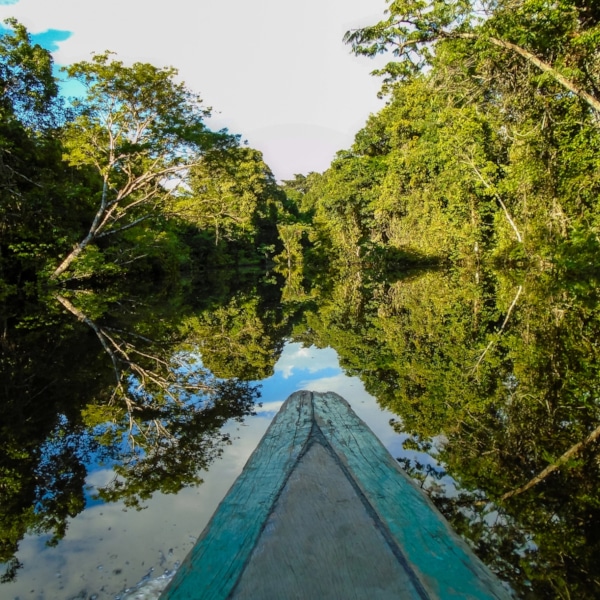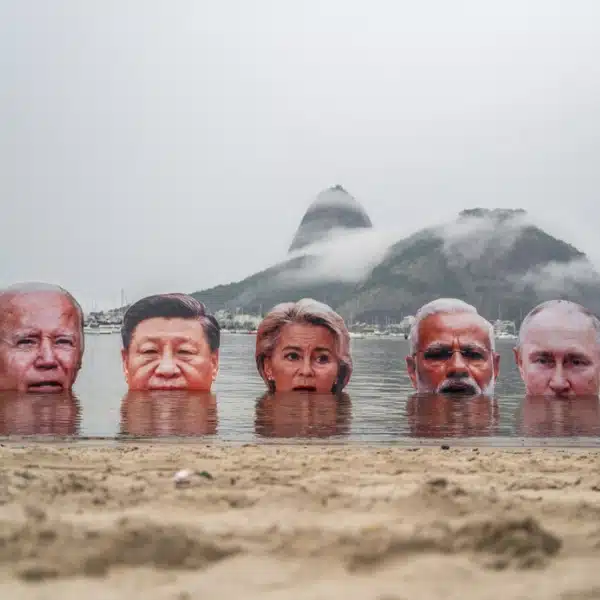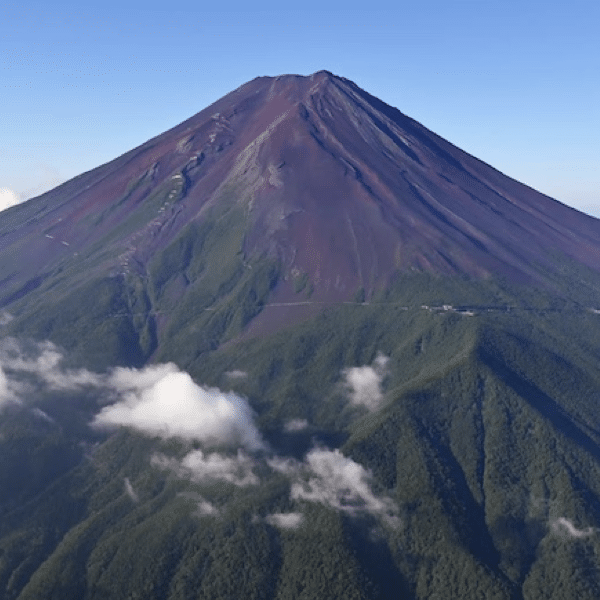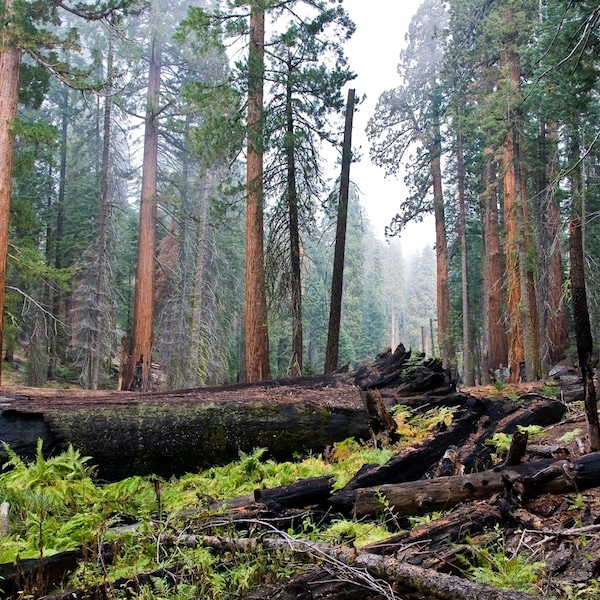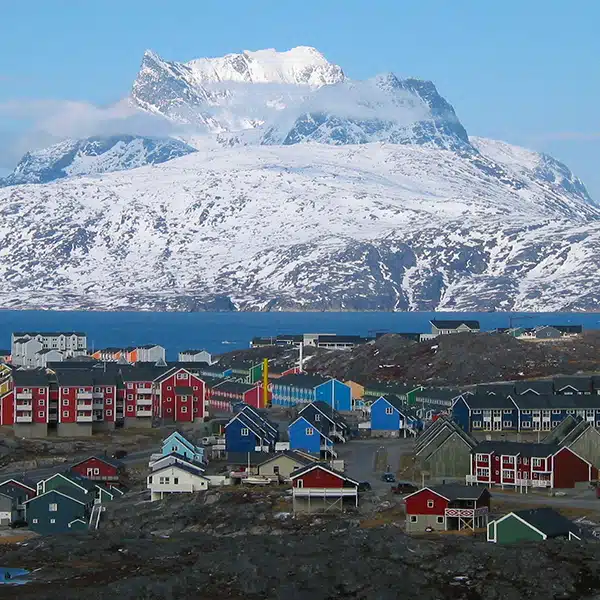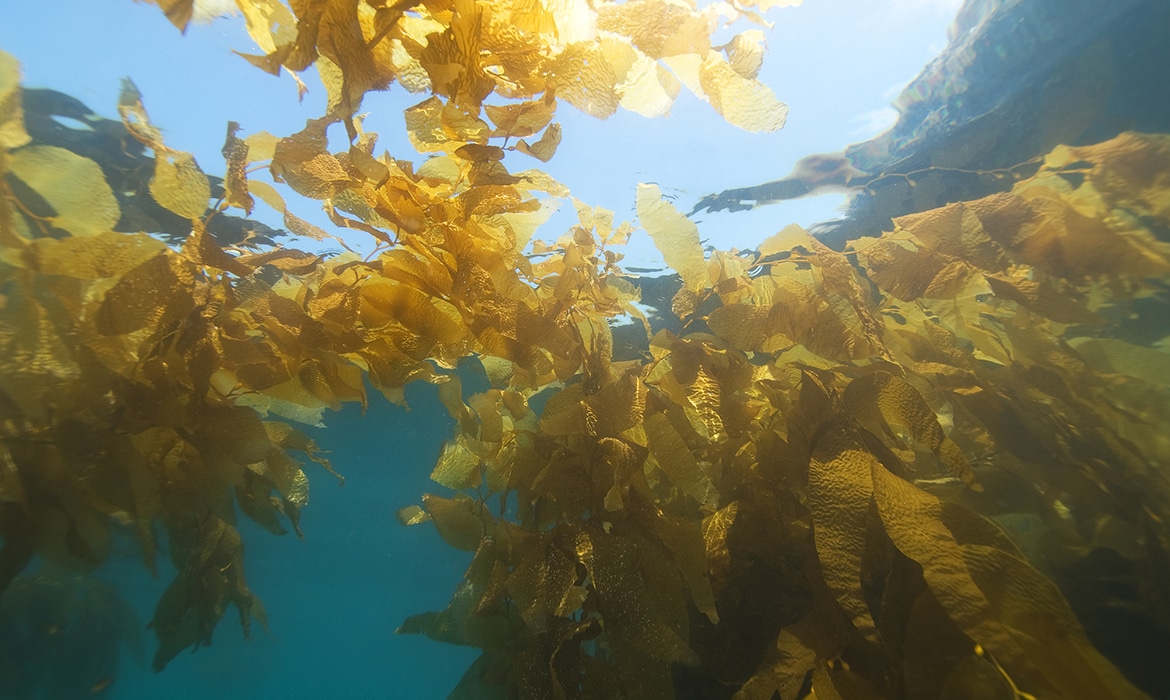
A kelp forest. (Photo: KGRIFF/Depositphotos)
Seaweed is not just for sushi. While in American grocery stores these oceanic greens are generally relegated to sushi rolls and salted snack packs, seaweed is likely to soon become a more regular feature in our diets. The aquatic plant life—already consumed widely across the world—is a burgeoning industry. Shifting to seaweed agriculture will help combat the climate crisis, fight food insecurity globally, and even uplift communities in need of jobs.
Paul Dobbins, director of seaweed and shellfish farming for WWF U.S., explained, “There is a lack of understanding about how [seaweed] is farmed. How do you create the seed? How do you design and engineer a farm? How do you process it? How do you market it?” The answer will in part depend on the environment, as seaweed can be grown everywhere from the deep cold waters off the coast of New England to warm shallows in Tanzania. Production has been increasing by about eight percent per year. Dobbins notes, “If it continues at that pace seaweed will surpass potato production by around 2051.”
Intensive seaweed farming is already common in Asia, but its expansion elsewhere offers much-needed jobs. Fishermen in the U.S. and Canada who have seen their livelihoods flounder in recent decades can shift their capital and focus to a more sustainable solution. In Zanzibar, Tanzania, 90% of seaweed farmers are women, who make soap and skincare products from the plants. The practice has been a boon to women entrepreneurs facing a shifting climate. While start-up costs and knowledge barriers remain, many organizations across the U.S. are trying to ease entry into this burgeoning field.
Aside from the job opportunities in the industry, seaweed cultivation has incredible potential to stymie climate change. Land-based mass agriculture is brutal on the environment. Fresh water use, methane emissions, and fertilizer run off are all harmful effects of agribusiness. However, seaweed is grown without the need for fresh water. It is also a carbon-negative plant. “Seaweed has all the features required to be classified as a blue carbon habitat and a massive carbon sink,” a recent study announced. One study even found that kelp could sink as much carbon as the Amazon rainforest. While seaweed cannot save the planet on its own, it is a promising step.
Seaweed can also serve as an important food source for those who are or will suffer from food insecurity. Resilient and nutritious, seaweed produces two to 11 times more biomass per unit than corn or wheat. “Seaweed has historically been assigned to the specialty food aisle and, as a result, has remained largely inaccessible to the public” in the United States, says Eliza Harrison, program manager for Ocean Rainforest, which grows seaweed for animal feed, food, and cosmetics. “By exploring alternative applications, such as meat replacement products, seaweed could be incorporated into more familiar foods—thereby increasing consumption within the U.S.”
“We don’t want to make the same mistakes we made in terrestrial farming,” cautions Dobbins. “There’s a lot going for seaweed, but we want to make sure it’s going to be done well.” Increasing access to knowledge and capital, as well as changing Western food habits, may take time. However, seaweed's increasing popularity in recent years should indicate a market ready for new, more sustainable—and arguably delicious—tastes.
Seaweed farming is a growing industry, but it is expected to be even more popular in the future.
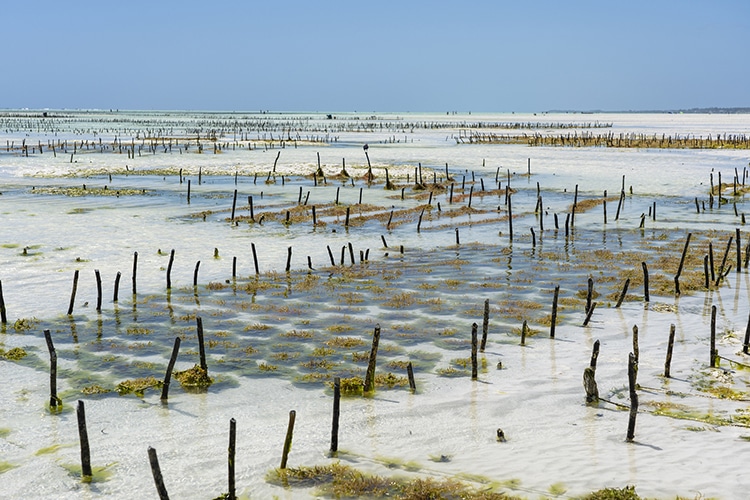
Seaweed garden in Zanzibar, Tanzania. (Photo: OLEGDOROSHENKO/Depositphotos)
Seaweed can serve as a carbon sink, is a sustainable food source, and offers jobs for many.
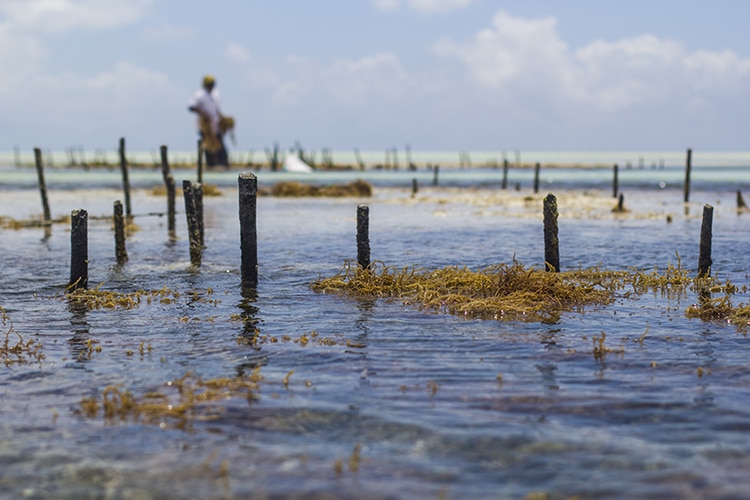
Seaweed farming is an industry that boosts women. (Photo: Wikimedia Commons, CC BY-SA 4.0)
h/t: [Yahoo Finance]
Related Articles:
Student Designs 3D-Printed Robot Fish That Filters Microplastics From Water
Bring Your Broken Electronics to a “Repair Cafe” To Save Money and the Environment
Sir David Attenborough Makes ”Urgent Final Plea” for the Future of Our Planet











































































